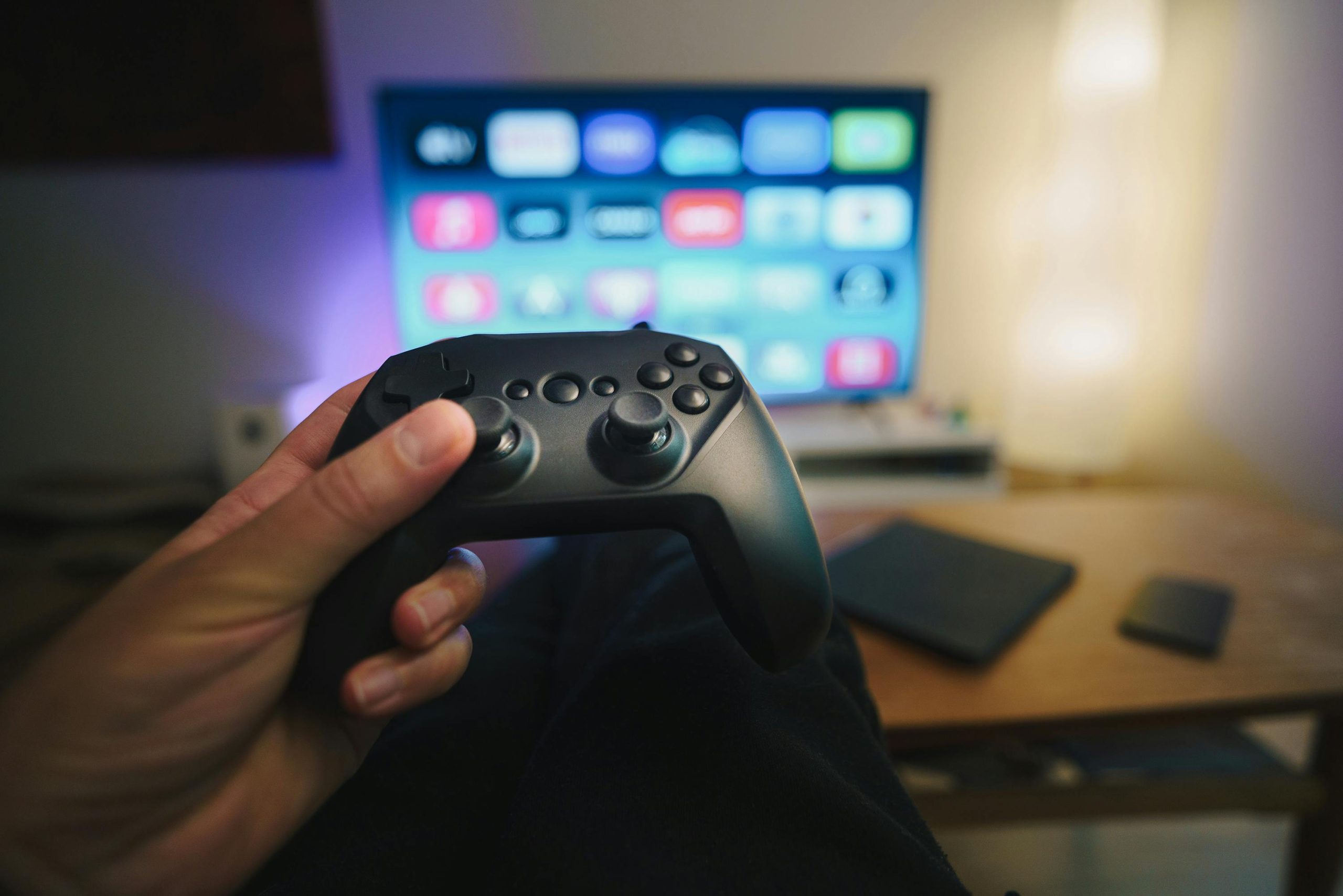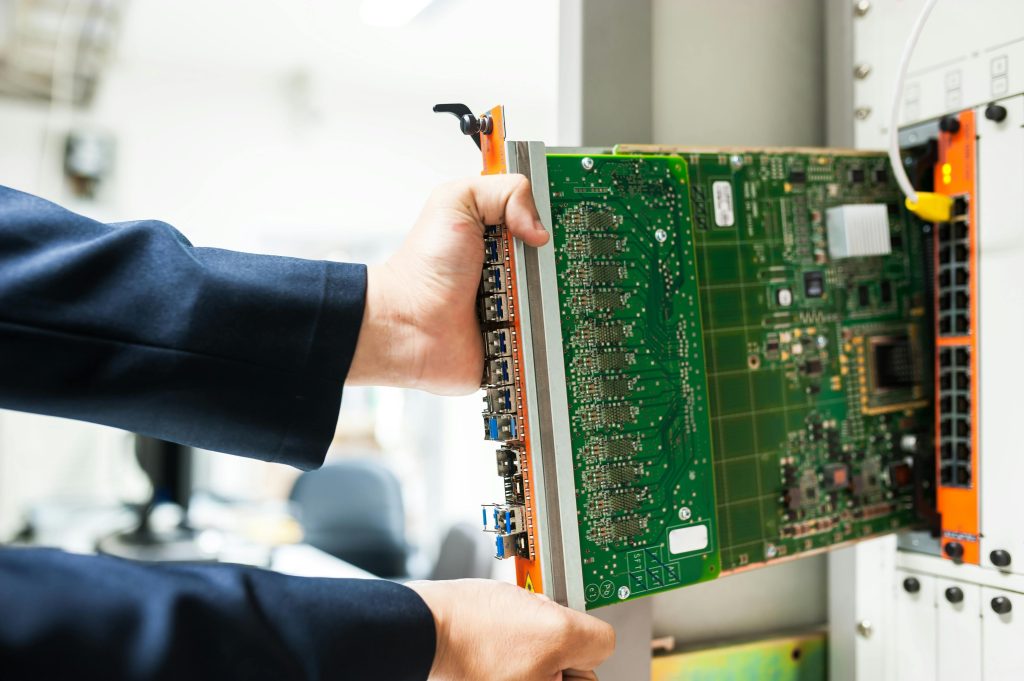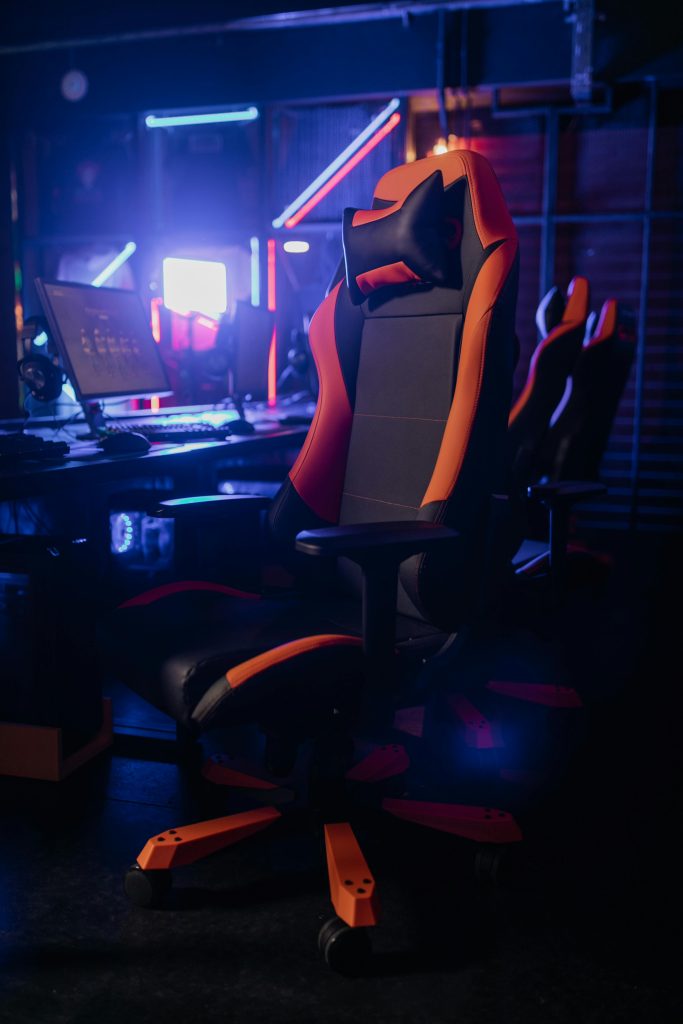Understanding and Troubleshooting Multi-Monitor Performance Issues When Gaming on a Primary Display
Introduction
Many PC enthusiasts enjoy multi-monitor setups for enhanced productivity and immersive gaming experiences. However, users can sometimes encounter performance issues that disrupt their workflow and entertainment. A common concern involves lag or reduced framerate on secondary monitors when launching or playing games in fullscreen mode on the primary display. This guide aims to clarify potential causes, explain the impact of system tweaks, and provide actionable steps to resolve such issues.
Case Overview
A user reported experiencing lag and framerate drops on their second monitor whenever they start a fullscreen game on their main display. The problem arose after following instructions from a YouTube video that suggested modifying Windows Registry files to optimize system resources for gaming.
Understanding the Root Cause
System optimizations, particularly those involving registry edits, can have unintended side effects. In this case, the user attempted to prioritize CPU resources for fullscreen gaming, which may inadvertently limit or alter the system’s ability to smoothly render content on secondary displays. As a result, video playback, streaming, or other activities on the second monitor may become laggy or choppy.
The Registry Tweaking Process
The tutorial the user followed was aimed at reallocating system resources for better gaming performance by adjusting Windows registry settings. While such tweaks can sometimes yield performance gains, they can also disrupt Windows’ balancing act across multiple displays and processes. It is important to understand that these adjustments can affect system responsiveness and multimedia playback depending on how they are applied.
Troubleshooting Steps
-
Revert Registry Changes
If you suspect that registry modifications are causing issues, restoring the Registry to its prior state can often resolve the problem. Use the backup you should have created before making changes, or restore from a system restore point if available. -
Reset System Settings to Default
Consider resetting Windows settings related to display and performance. This includes restoring default graphics driver settings, disabling any third-party optimization software, and ensuring Windows updates are current. -
Update Graphics Drivers
Ensure your graphics card drivers are up-to-date. Manufacturers frequently release updates optimizing multi-monitor support and gaming performance. -
Adjust Performance Settings
Navigate to Windows’ performance options (Control Panel > System > Advanced System Settings). Under Settings, select “Adjust for best performance” or customize for balanced resource distribution. -
Review Display Settings
Verify that display resolutions, refresh rates, and scaling options are correctly configured for both monitors. Mismatches or
Share this content:



